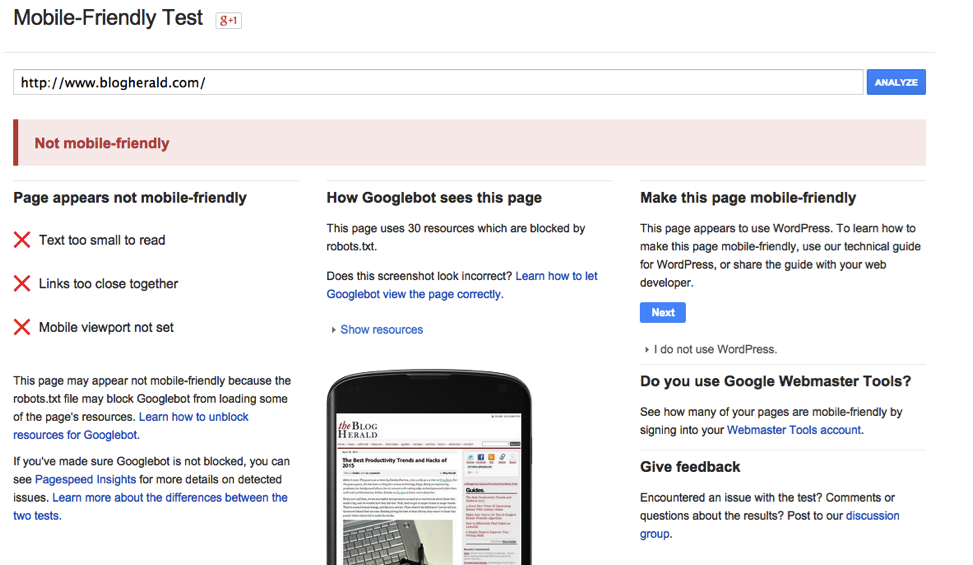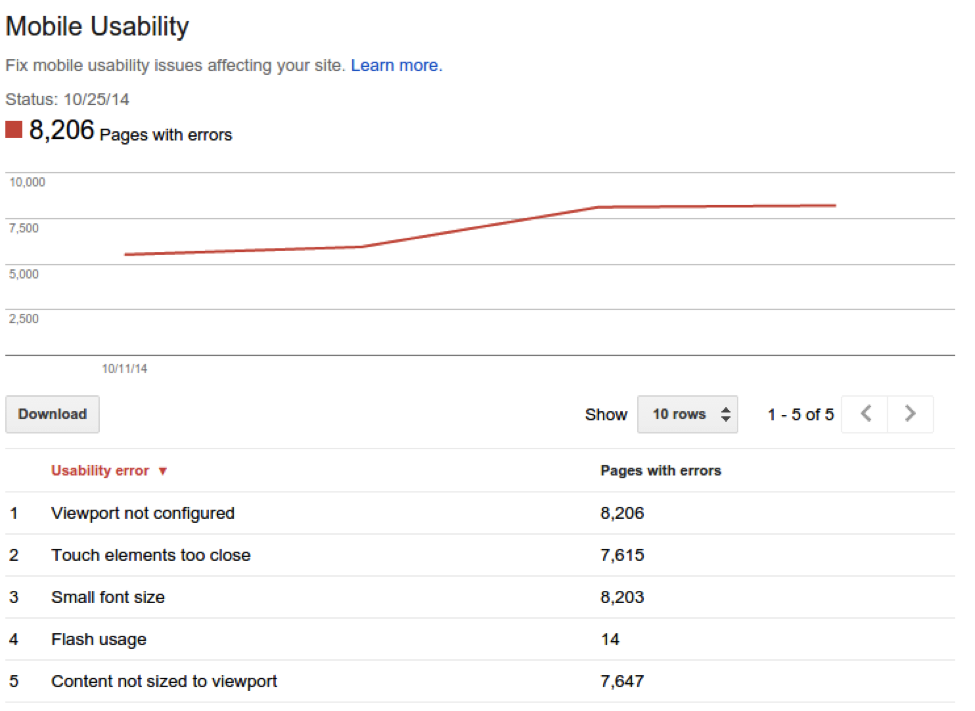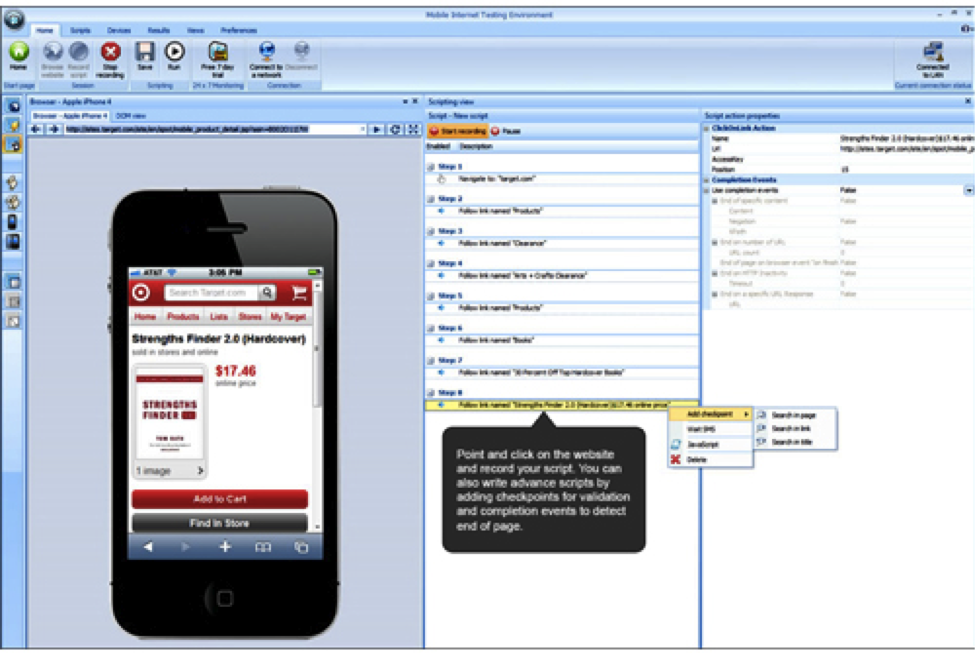So you may have missed the boat on the mobile update, but that doesn’t mean that you can just take your time with your mobile strategy. Although your competition may outrank you for the next several months, it’s still important to make sure your mobile website is up to speed and following best practices should something change. You need to be prepared not only for SEO factors, but for a better user experience. As your company grows and more and more people because organically searching for your company, your mobile website is bound to get some traffic. The same is also true if you’re the only business of your kind in your particular location. Whatever your specific situation may be, mobile optimization is important.
Fortunately, there are many different tools out there to help you see where you should start making changes and what needs the most improvement. The best part: Most of the tools are free and easy to use. The sooner you can get started, the better.
Top Tools to Test Your Site for Mobile Friendliness
Below are some of the top tools to help you get started evaluating your current mobile website and then tips on how to begin the optimization process:
Tools from Google
Google’s Mobile-Friendly Test
The cool thing about this tool is that it shows you what the Google bots see, which doesn’t always equate to what your viewers (and you) may be seeing. It works like a test where you simply type in your website and let Google tell what you what is and what is not consider mobile-friendly. If you don’t pass, you’ll see a list of what you need to do to improve your website. This is by far the most popular and important tool to use, so make this your first stop.
PageSpeed Insights Tool
This tool has been around for quite some time for desktop, but the mobile analysis option was only introduced last year. This is also a very popular tool that requires no more effort than simply typing in your domain name and taking a look at the results generated for you. The tool does put a focus on your page speed time for mobile, but it will also outline other things that need work and therefore could be affecting your speed. You get a score based on the severity of the problem, and under each problem you will see a link you can click to learn more about how to fix the problem.
Mobile Usability Test
This tool comes from Google Webmaster Tools and allows you to see the mobile errors for all of your websites quickly by visiting your Tools account. If you have a large website this is a great test because it will tell you exactly how many pages are affected by each error. This is one of the oldest tools Google offered to Webmasters, but it’s still widely used today. Below is an example from Search Engine Land.
Third-Party Tools
mobiReady
This tool is actually still in beta, but offers a huge amount of information if you’re looking for something a little bit more advanced or need extra guidance. It gives you scores based on How you Rank, Page weight, test results for details such as JavaScript placement, Caching control, Input type, and more. It then goes through what are labeled “major fails” to help you know where to get started. There are different reports for each section of your mobile analysis, but below is a screenshot of the overview the tool gives you:
Keynote MITE
This desktop tool helps you run a report to see how your mobile presence ads up on every type of mobile device and tablet. It’s very detailed, and according to a Search Engine People article, it was the toolset that Google used back in 2012 to power their first mobile testing site. You have to register to try the tool, but below is a screenshot they provided:
Other Mobile Resources from SEO Agency
Below lists a few other articles we’ve published regarding mobile and how you can improve your experience for users:
Quick Mobile SEO Tips to Get You Started
Mobile 2015 Game Plan: SEO Tips and Strategies
What You Need to Know about Mobile Video
Do you have any stories about mobile optimization or any questions about how to get started? Let us know in the comment section below.





